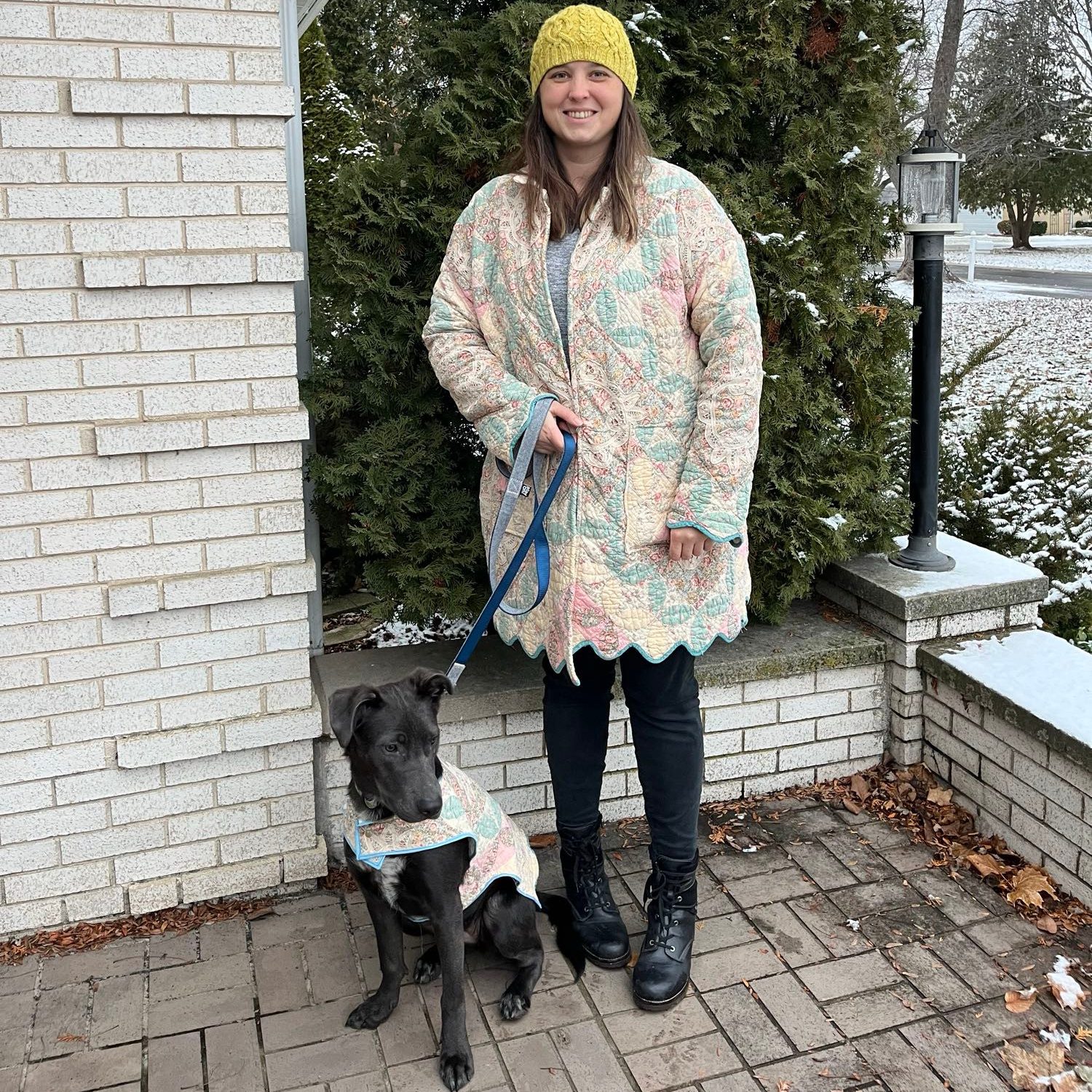Although we often think of corrections to a text when we imagine editing, literary editions serve lots of functions (and very rarely is correction one of them!). Literary editions layer different kinds of information about a text through annotations, including background on the period or place, context from the author’s life and other works, and variants across different editions of the text. In this way, they help to make the text more approachable and help the reader engage with the text more deeply.
In a printed edition, you’ll often encounter these annotations as footnotes. In digital form, they come in lots of shapes and sizes: links to other pages, pop-ups, and digital footnotes that link back and forth between text and annotation.
Today, we’re using the Recovery Hub Digital Edition Template to annotate Frederick Douglass’s speech on the Dred Scott decision. You read this speech last week and made note of areas where further clarification and background might help people understand the text better. Today, we’ll put that into action.
The Recovery Hub’s template is designed to make the process of creating a digital edition simpler. Although there’s lots of code involved, you don’t have to write it! Instead, you can use their existing code and lightly customize it to suit your text. Today, you don’t have to interact with the code at all! But if you’re interested — maybe you want to try your hand at digitizing your family’s recipes, like we talked about last week? — you can find the template on GitHub.
Instructions
I’ve set up the project for us by creating a repository for our code and cloning the template. Here are your tasks:
- Head over to this Google doc, which contains the speech. Leave a comment on the section of text you’d like to annotate with your proposed annotation and your name. This could be a single word, a phrase, or a sentence.
- We’ll discuss the annotations together and see what themes emerge.
- Once you’ve got a sense of the kinds of annotations people have proposed, go back and fill out your annotation. Here are a few points to touch on:
- Why this annotation? What about the text you selected seemed like it needed further engagement?
- Explain the term, concept, or other content.
- Link to at least one external resource.
